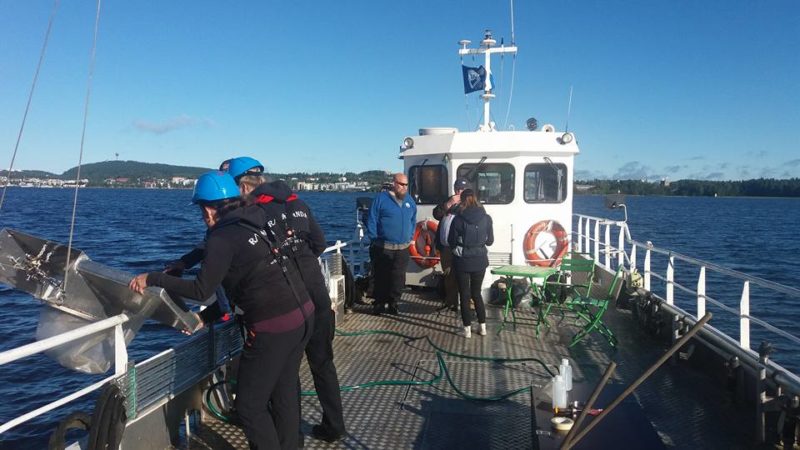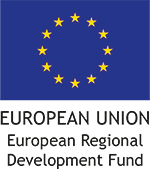Nearly half of Finnish drinking water is surface water taken directly from lakes and rivers. It is natural; after all, we are the land of a thousand pure lakes.
The plastic pollution of oceans is visible. There are shocking reports of plastic waste hordes, and animals that die because of plastic every week. The other day, I came across an article about the Henderson Island in the Pacific Ocean and how its shores are covered with plastic waste. The island is 5000 kilometres away from closest human habitation and it was estimated that 3500 pieces of plastic drift there every day!
The littering of oceans has opened our eyes to the fact that rivers and lakes become polluted as well. Ever since statistics on pollution started to be gathered, it has become clear that pollution has increased hand in hand with the economy. We consume more natural resources, produce more waste, and we live a “plastic disposable life”.
Lakes are tiny compared to oceans. Their ecosystem is different and often their ability to withstand changes caused by humans is weak or non-existent.
The plastic problem in the oceans is visible, but how about the situation in the lakes and rivers? Trash and plastic waste is found on the banks of rivers as well. We know that plastic does not decay, but instead breaks into microscopic debris over time, pieces that cannot be seen with the bare eye. Where is it then, and what effects does it have?
The first microplastic study in Kallavesi has proved that there is plastic in lake water. There is much to do and study. Finland is a land of advanced technology, but despite that we do not know, for example, if waste water refineries can recover for instance the microplastic caused by the wash of synthetic fibre clothing. Or, is there microplastic in drinking water taken from surface water? Does microplastic end up on our dinner plates at the end of the food chain? Where does the microplastic from traffic, for example from the wear of tires, end up? Does it drain into lakes and rivers, or through the soil into the ground water?

The plastic pollution problem has many causes. I have many questions on my mind and I feel worried, and even as a lay person I understand that plastic does not belong on the beaches, in the lakes and rivers – or the drinking glass.

